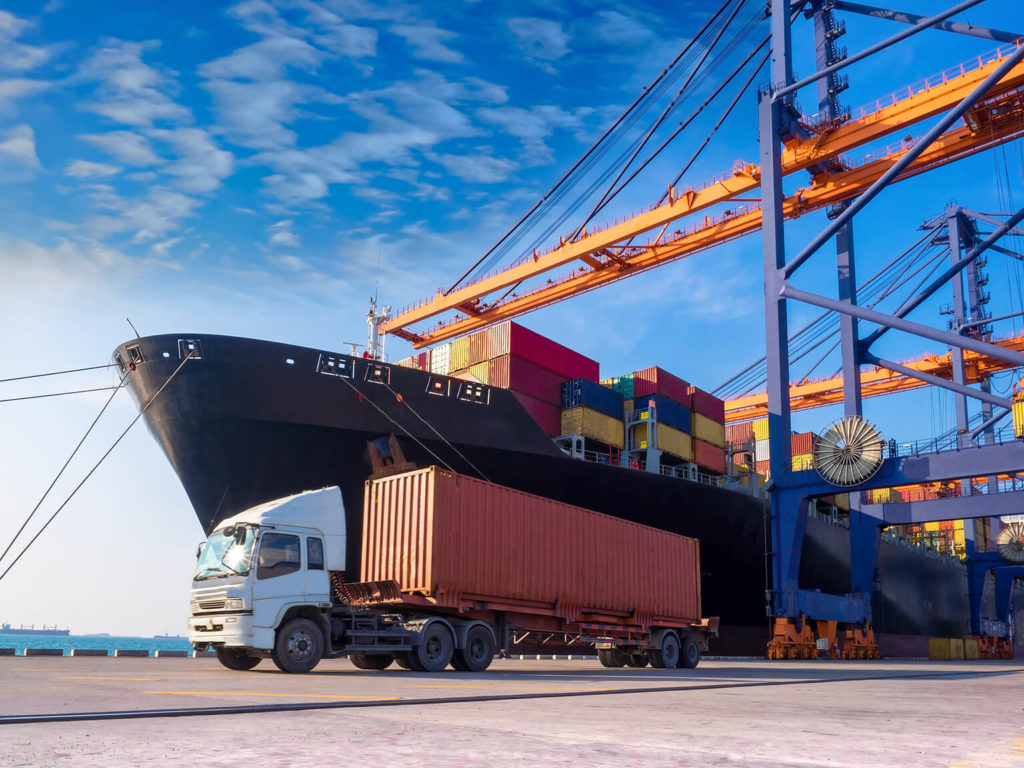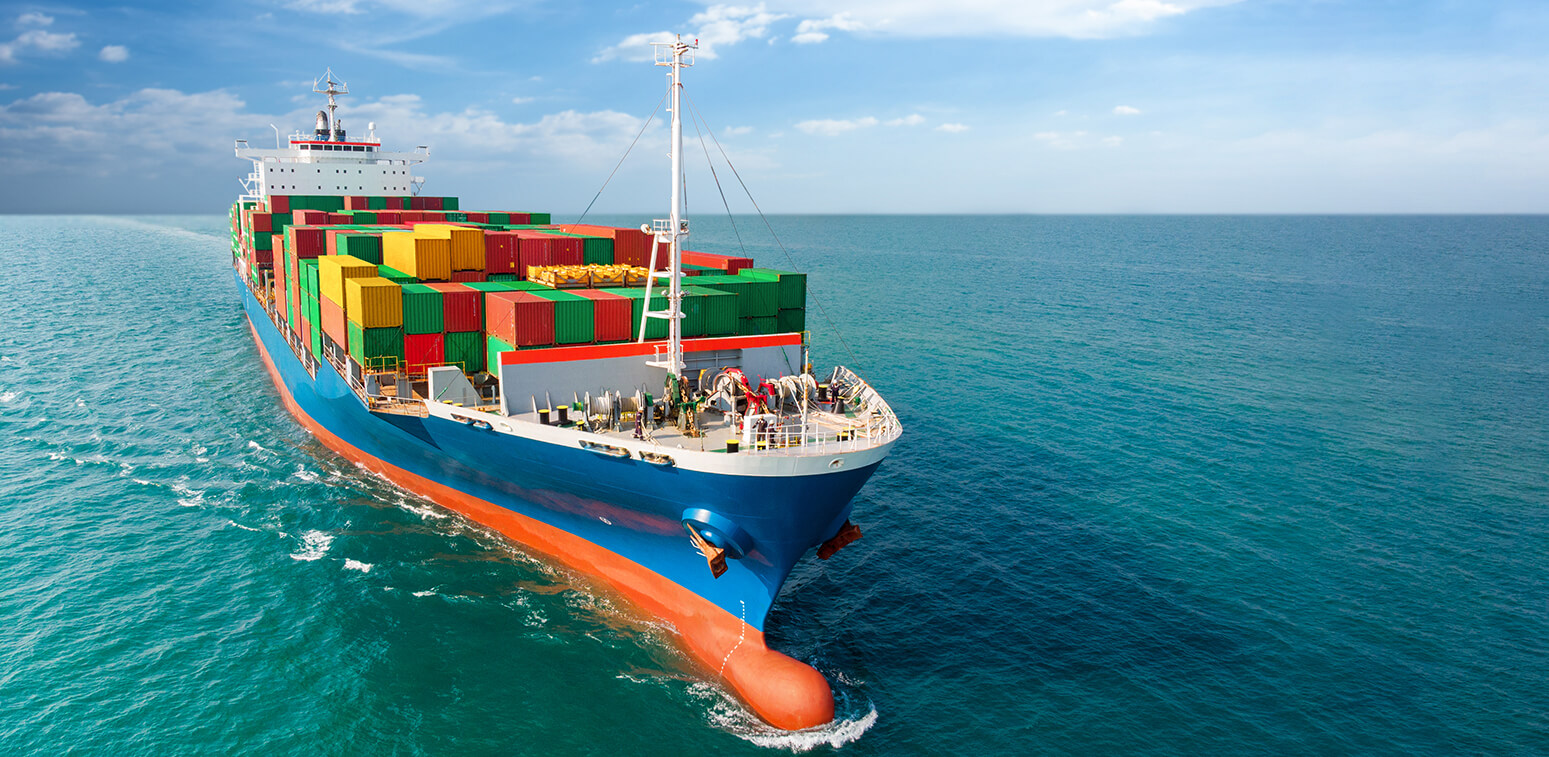Sea freight is one of the most commonly used methods of transporting goods in the international trade. Offering the possibility of moving large volumes of cargo, it has become one of the most commonly used options even though it is a slower mode of transport.
As with other methods of international transport, maritime transport has its own tax that is imposed on the trade activity: maritime freight.

What is maritime freight?
Sea freight rate is the most important variable tax in international maritime transport, as it is the most common contract and method used when moving goods by sea. Its character is variable because there are many factors that determine its final cost: type of cargo, volume, type of cargo, risk of the route, speed of the voyage or port charges.
In addition, surcharges for such things as fuel, currency exchange or terminal charges may also be added to the final freight amount. Even so, it is usual that the sea freight rate and what it includes is agreed in advance between the carrier and the user.
How is the ocean freight rate set?
As we have already mentioned, this rate is usually agreed in advance. However, there are different conditions to be taken into account, such as the costs of handling and dispatching the goods, as these can cause the final price to fluctuate:
- If the transport is from door to door: The tariff includes the sea freight plus the transport fees to and from the port where the goods are picked up and delivered.
- If the transport is port-to-port: Usually a flat rate is applied, as the basis of the tariff would be only the ocean freight itself.
FCL and LCL, the most important variables
The mode of loading in the container is the variable that makes the difference when it comes to establishing the final sea freight price. Depending on the volume of the goods to be transported, a full container (FCL) or only part of one (LCL) may be needed.
FCL (Full Container Load)
The Full Container Load sea freight involves the use of a container in its entirety for a single load. This method offers advantages such as profitability for goods with a volume equal to or greater than 15m3, or the flat rate charged by shipping companies for each type of container, which simplifies the freight.
Other advantages of the advantages offered by the FCL are the security provided by the fact that the goods are all from the same owner and are sealed from the start, or the fact that there is no need to go through intermediate ports.
LCL (Less Container Load)
The Less Container Load sea freight is better adapted to small cargo volumes. It is associated with the groupage cargo mode and, although it is not a fast alternative, it allows for cost sharing. In this case, the freight is calculated on the basis of the tonnage of the loaded cargo.
What are the most common sea freight surcharges?
Although the sea freight is agreed in advance, it is possible that the final figure may vary depending on the surcharges that may be applied. Some of the most common surcharges in maritime transport are:
- BAF (Bunker Adjustment Factor): This is applied due to the constant changes in the price of fuel caused by variations in the price of oil.
- CAF (Currency Adjustment Factor): This is applied by shipping companies in order to compensate for the disparity at the time of shipment between the local currency and the currency of the sea freight. It is usually reflected as a percentage within the total amount of the freight price.
- THC (Terminal Handling Charge): Applied for the handling of the maritime goods at the port, both at origin and destination, using special machinery.
- BC (Banking Charge): 1% surcharge on the freight price that applies to all FCL and LCL shipments, as well as to all surcharges that are quoted in dollars.
- CS (Congestion Surcharge): Applied by the shipping lines based on the waiting time caused by congestion at origin and destination ports.
- B/L (Bill or Landing): This is the surcharge applied for each document issued as a Bill of Lading.
- T3: It is applied for the use of the facilities of the port of origin and destination. In FCL shipments, both the consignee and the shipping company can apply a fixed amount per container or per type of goods, depending on the tonnes or type of sea container.
Sea freight, complex but not impossible
It is clear that maritime freight is a tax that can be difficult to calculate. However, both variables and surcharges are very easy to identify, which avoids possible confusion.
Know all our services, take a look at our website.

